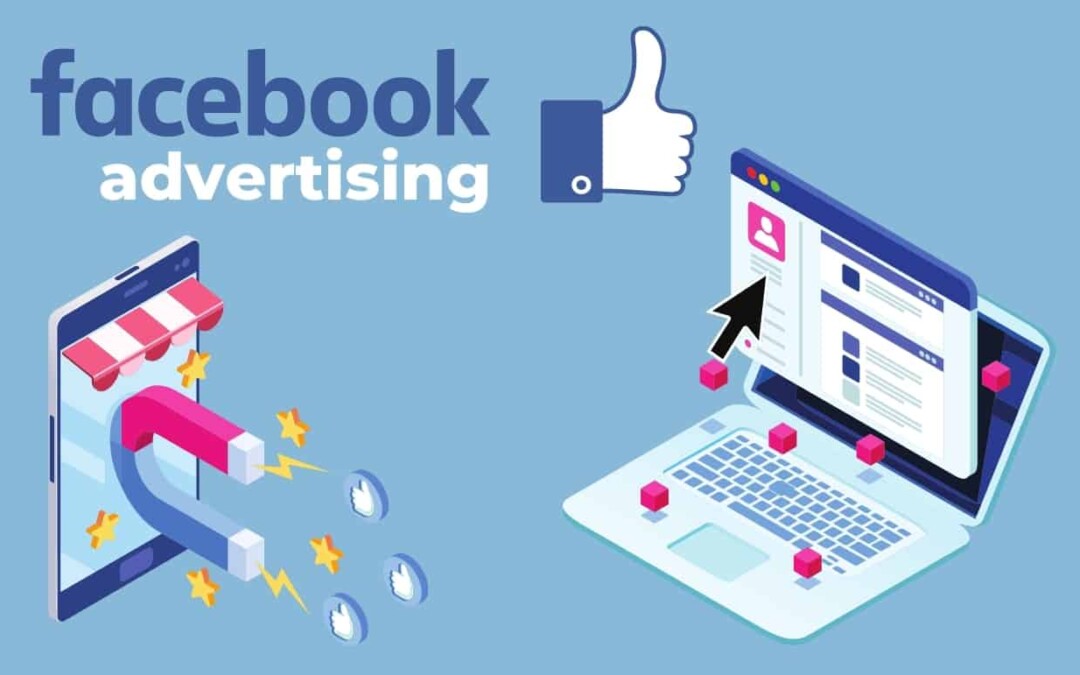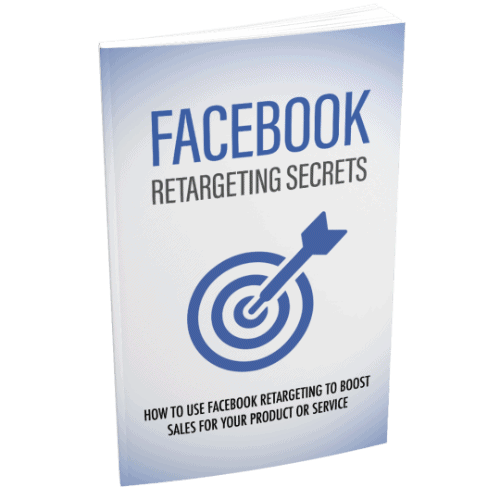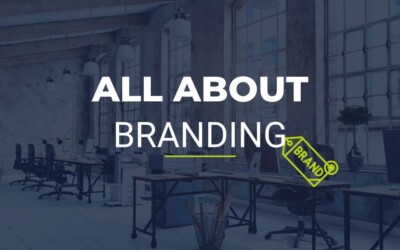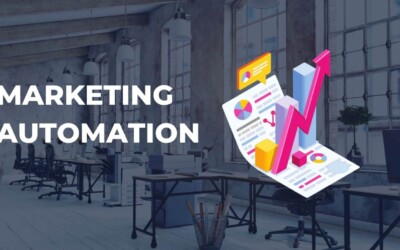All you need to know about Facebook Ads
Table of Contents
Nowadays the Social media channels has turn into a great Advertisement tool. Not just because you can reach millions of people, but because you can reach the right potential client for your business.
I would dare to say that 99% of B2C businesses will achieve good results advertising on Facebook or Instagram if their audience really uses these two social networks. It is important to bear in mind that not all Internet users use social networks, some only access the Internet to read news, consume content according to their needs and use email.
Online advertising has revolutionized the way we advertise our products and services. Today Internet users are impacted by traditional and invasive ad campaigns and by personalized and effective campaigns.
The reality is that general banners in online media are only useful for branding campaigns and once you invest many thousands of dollars; something that in fact isn’t available to several small and medium-sized companies or entrepreneurs.
As if that weren’t enough, these sorts of campaigns are general and lack of personalization, which suggests that a doctor, a lawyer and a cyclist will see an equivalent advertisement.
Thanks to the increase of social networks, the typical Internet user consumes and shares their interests through different actions: uploading content, consuming existing content, interacting with other users and brands etc. All of these actions make that every user of a social network is segmented consistent with their hobbies or interests.
On platforms like Facebook and Instagram during which content consumption is very large, we as businessmen, entrepreneurs or marketers have the chance to hold out 100% personalized campaigns. And this suggests that a doctor will see advertisements for her specialty, a lawyer will see offers for her business, and a cyclist are going to be exposed to advertisements from online stores that sell products for his or her workouts. This are personalized advertising campaigns and therefore the actions that we implement with dynamic content will allow us to raise the connection with our audience and achieve more conversions. Check out the instance below where I share a Buyer Persona and what advertising would be invasive and personalized consistent
Invasive advertising and personalized advertising
The reality is that an equivalent ad format is often used for personalized campaigns or for invasive campaigns. The strategy is what is going to differentiate the results we’ll achieve.
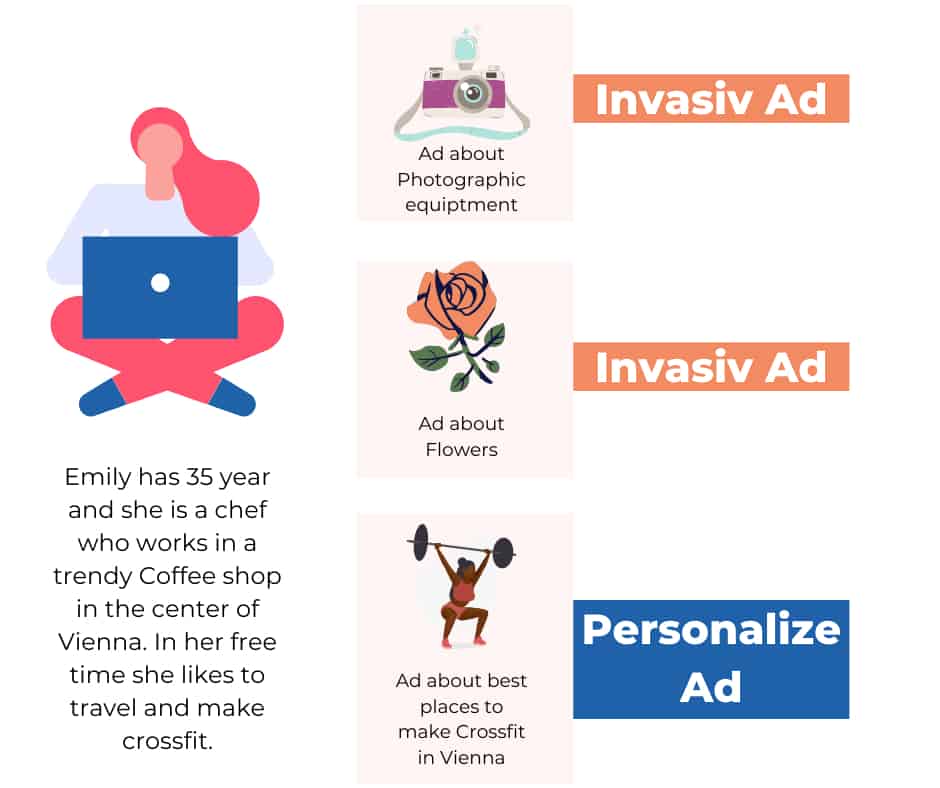
Among the invasive formats we find:
Pop-ups
Mobile advertising
Video advertising
Likewise, the banner format (steal-pages, sides, etc.) is considered invasive for users. Many marketers will tell you that pop-ups are a horrible promotional method but the truth is that if we use them well they will be our greatest ally to capture leads.
It is not an equivalent to point out a capture or advertising pop-up to a user who has just entered an internet page than to point out a capture or advertising pop-up with a suggestion to a user who has been on your website for two minutes and is close to buy. Within the second scenario, the user doesn’t need to feel that we try to invade their content consumption, on the contrary, we are giving them something personalized once they need it most.
Main objectives of online advertising
Advertisers usually always have an equivalent objective once they want to advertise on digital media:
- Enhance your brand visibility (make new users realize it et al. remember it)
- Promote a replacement or existing product or service Drive traffic to your websites
- Bring customers to your physical establishments Increase your online and / or physical sales
- Capture leads (data from our potential clients)
The first two are easy to urge even with invasive advertising. Now, for the remainder of the objectives, we’ll got to design good advertising campaigns so as to possess an honest ROI (return on our investment).
Top Online Advertising Metrics
If we mention objectives we’d like to land the metrics or indicators which will confirm if our objective was achieved. The foremost used indicators and metrics in advertising are the following:
Conversions: any action you would like a visitor to take on your Ad
Conversion Rate: any action your visitors actually take on your Ad
Cost Per Conversion (CPR): the amount you spent for every time an action was actually take on your Ad
Impressions: how many times your ad was seen (views)
Click Through Rate (CTR): How many times your ad was clicked divide by the amount of impressions your Ad had
Clicks: total amount of times someone clicked on your ad
Total Cost: What did you actually spent and what did you got for your money
How to choose the simplest medium to advertise
We have different places to advertise as brands on the Internet:
- Search engine advertising
- Social media advertising
- Advertising on blogs, general websites and therefore the media
Search engine advertising is typically an honest (sometimes expensive) bet to advertise our products and services. Advertising on social media channels works alright and is inexpensive because we will customize our ads quite bit. With blog, website and media advertising there’s hardly any personalization because we usually buy CPM or PPC.
Example # 1: if I’m getting to launch my local Facebook Course in Vienna, I want to advertise on digital media and that I can accompany these campaigns with ads on social media.
Example # 2: if I just launched a web course to master WordPress, it’s convenient to advertise in social channels to reach small businesses or solo entrepreneurs who want to build their website by themselves.
As you’ve got seen, the perfect thing is to try to a placement mix to always reach the utmost number of individuals. The truth is that we do not always have the budget to urge there and that is why I usually recommend Facebook & Instagram Ads, an accessible platform that does work for many companies.
What you would like to know before investing in online advertising
Before we plan or define our advertising budget I would like you to review the resources and tools you’ll got to create good advertising campaigns in digital media:
- Graphic and audiovisual elements to make the ads (Canva)
- Copywriting (persuasive texts)
- Landing pages to bring qualified traffic to intermediate pages focused on conversion
- Analytics tools (Google Analytics, Facebook Pixel, etc.)
- Buyer People
- Customer Journey
- Strategies and tactics to understand the way to reach your audience (segmentation)
- Types of traffic and kinds of leads
How to segment on Facebook and Instagram
The first thing you need to know, is your Buyer persona. To know exactly whom, you want to reach with your ads. Please see below an example of a buyer persona
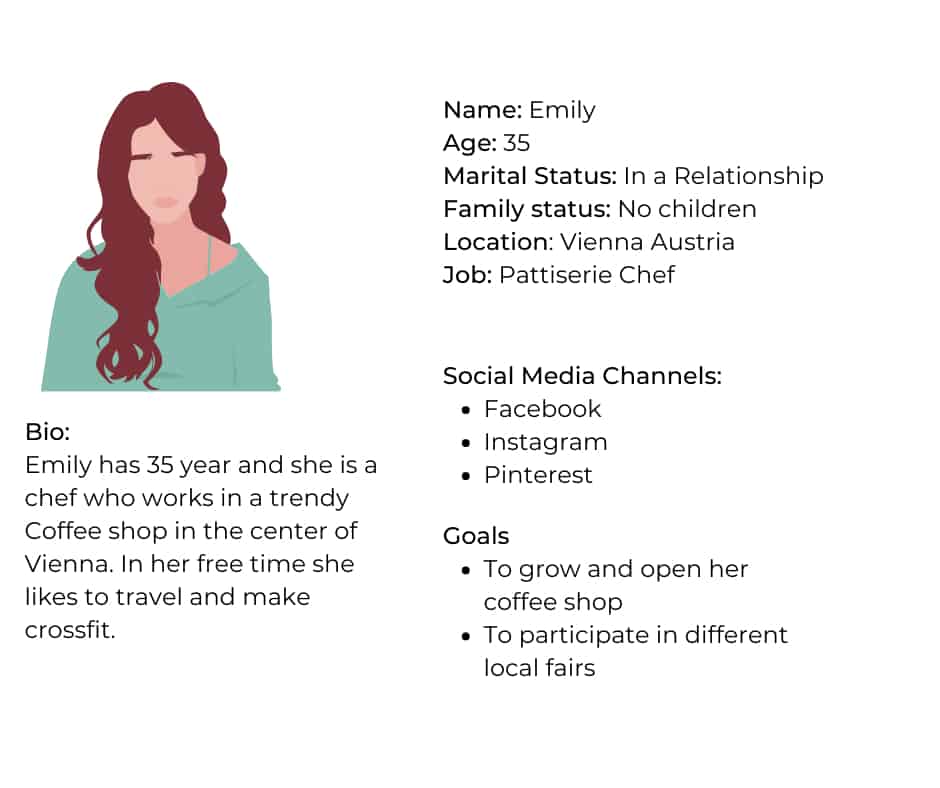
Now that we know whom, we want to reach we can create our Ad on Facebook. The first question you want to ask yourself is which objective your Ad should have
Campaign Objectives:
- Awareness:Objectives that produce interest in your product or service. Increasing brand awareness is about telling people what your business is about. For example, Jasper’s Market is going to launch a small regional chain of grocery stores. Using the Brand Awareness objective, they can create a campaign that highlights their fresh, organic produce to people in the local area.
- Consideration: Objectives that get people to think about your business and seek more information. For example, Jasper’s Market has a website that tells their story and lists some of their store’s unique offerings. Using the Traffic objective, they can create a campaign that encourages people to visit their site to learn more.
- Conversions:Objectives that encourage people interested in your business to buy or use your product or service. For example, Jasper’s Market has opened a few new locations. Using the Store Traffic objective they can create a campaign to encourage potential customers to stop by their nearest store.
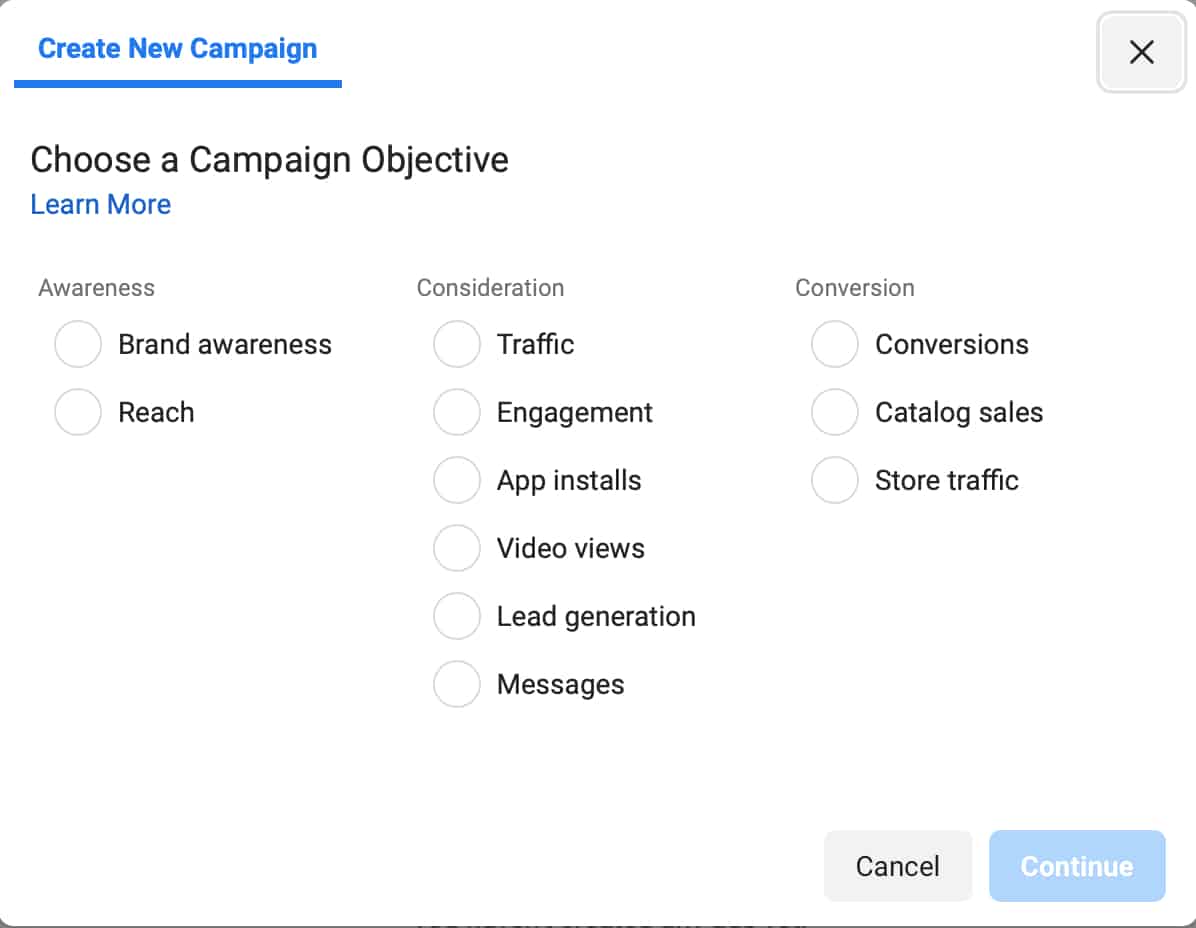
Let’s say you are a small business owner who sale High quality shoes, and you want to increase your online sales. You will want to pick the Conversion objective

In the next option you can Add the Campaign name, interest, budget etc
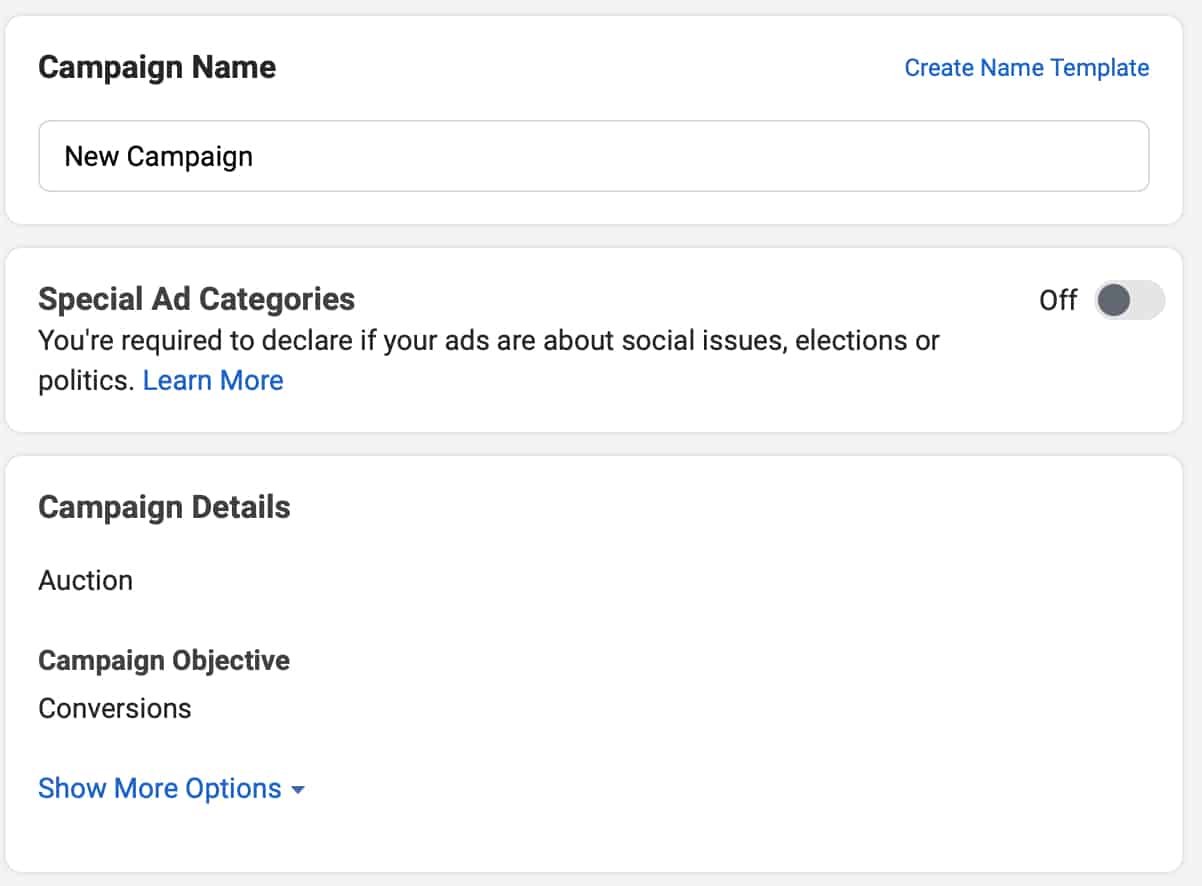
Because this is a basic Facebook ads article I suggest to name your campaign and to proceed to the next option, where you will choose your conversion (website) budget and audience.
In this section you can choose your daily budget, as well as, your start and end date.
Now let’s take a look into your audience:
Here you can create your customer audience, where you can choose: Location, gender, age, interests and language
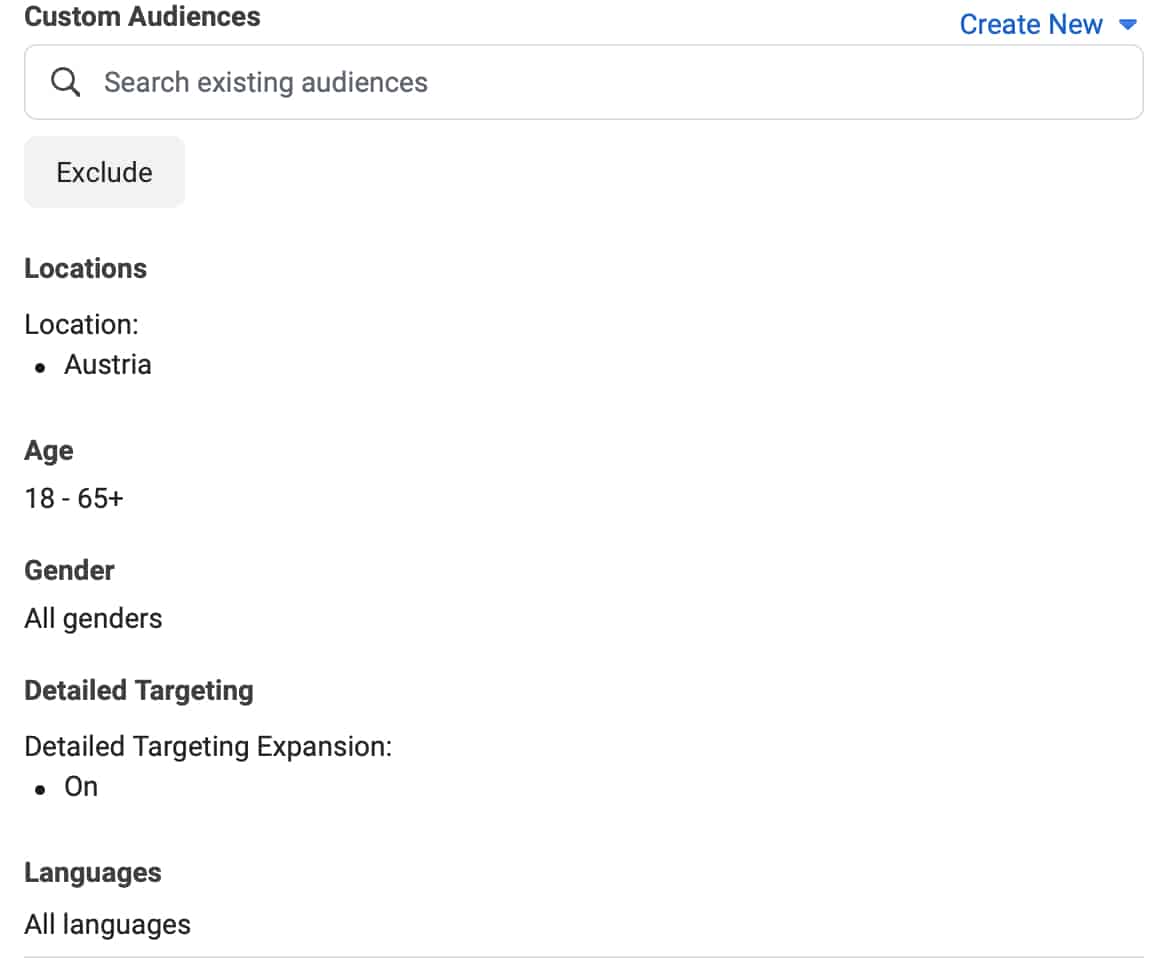
Try to be specific as possible, by adding all the interest your audience should have as well as, an exact location you want your ad do be display, as well as the age (25-50 for example) Gender ( just woman)
Now is time to choose your placements (Automatic Placements) unless you want to choose the ad placements base in where your potential customer is (are they just in Facebook or also on Instagram?)
The next step Is where you choose what kind of Ad you want to publish, Single Image or Video? Carousel or collection.
Important is, that if you want to create an Image for your ad, your image should have just 20% or less of information inside the image.
The next would be to add your Primary text (what your ad is about) a headline and a description.
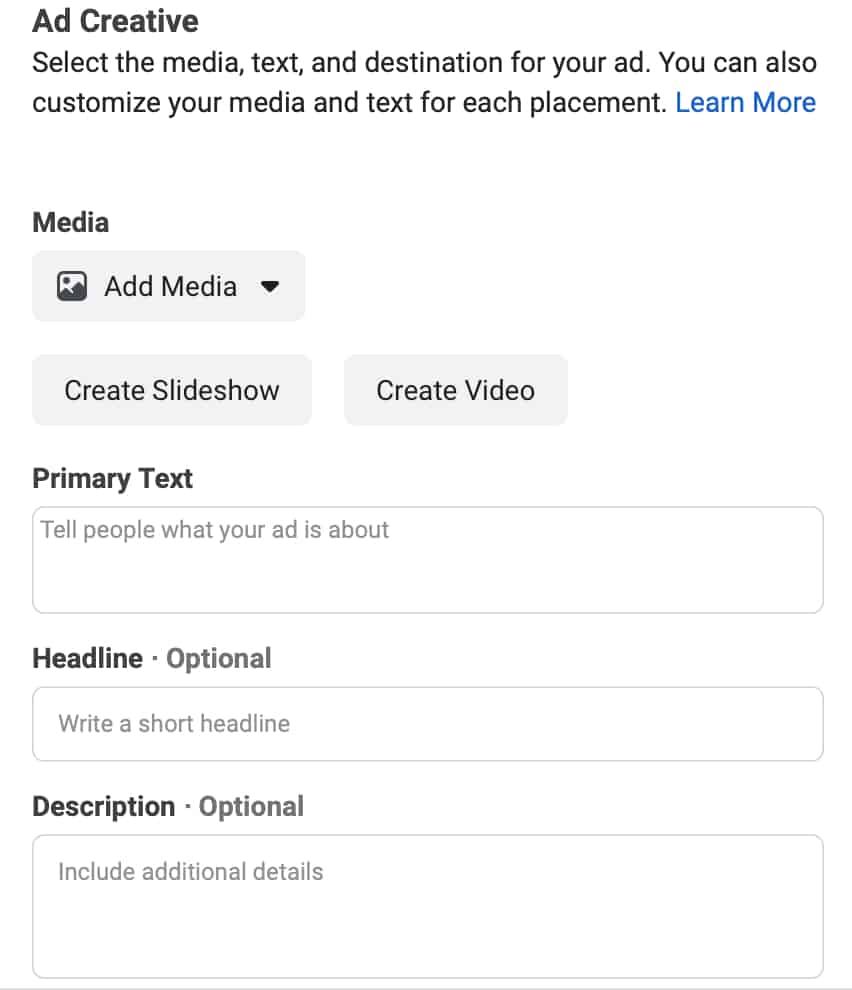
After you define all these steps, you will be able to add the link you want to convert as well as a Call to Action Button
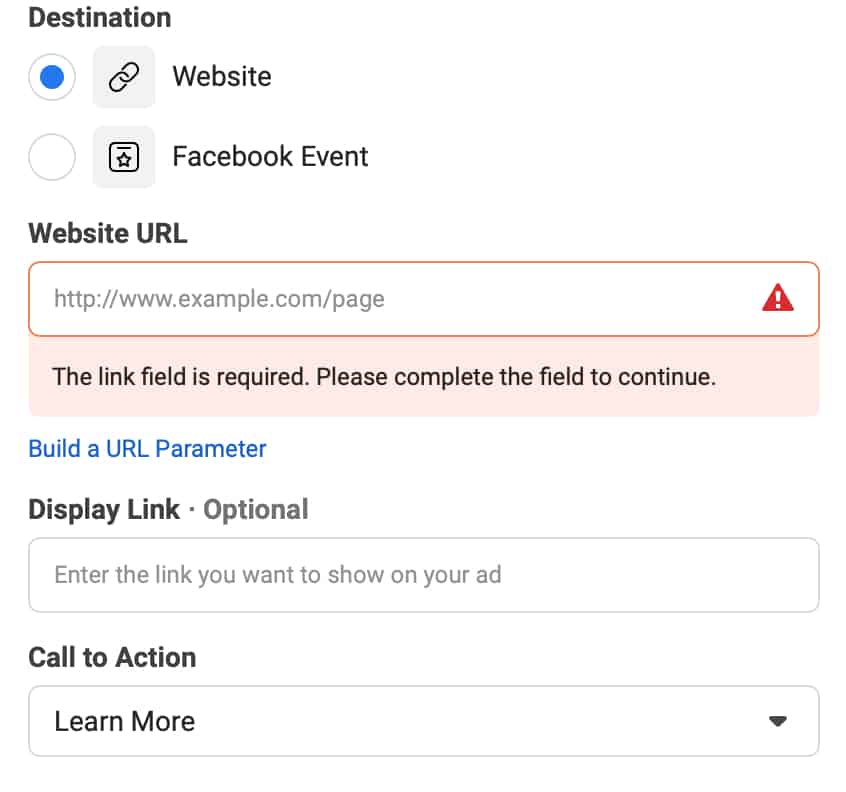
Now you are ready to go online!
Conclusion
Social Media ads are a great tool to reach potential customers, with a minimum budget. Not to mention, that you can connect with your audience. If you are new in this Online Ads world, just start with a minimum budget and set up your ad with a start and end date and try to experiment with your audience, to see what ad works the best.
Related Posts
Brand personality – All you need to know
All you need to know about brand personality, and how can you communicate with your ideal client and project your values…
Marketing Automation- All you need to know
All you need to know about marketing automation. marketing automation starts from the moment we attract traffic until we generate the desired conversions…

